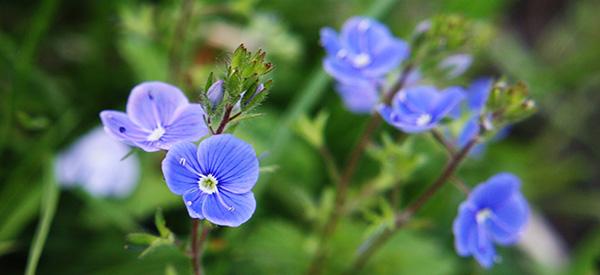
Speedwell
It’s been said the name of this plant comes from its rapidity in managing health problems.
Speedwell (Veronica) is a low-maintenance ornamental plant that bears either blue, pink, or white blooms. They are formerly a member of the figwort (Scrophulariaceae) family and are closely related to plantains.
Speedwell was later reclassified in the Plantaginaceae family. This plant is abundant all over the world with around 500 plant varieties. These varieties range from creeping groundcovers to prostrate and upright plants. The season from spring to fall marks the blooming stage of speedwells.
Speedwell was a popular European tea used by the French in the 19th century. It is also used as a kitchen herb or a medicinal herb for treating various ailments. Medicinal speedwell plants are sold in plant centers and online shops. These plants are also abundant even in roadsides and waste places if you know how to find one.
Short History Of Speedwell
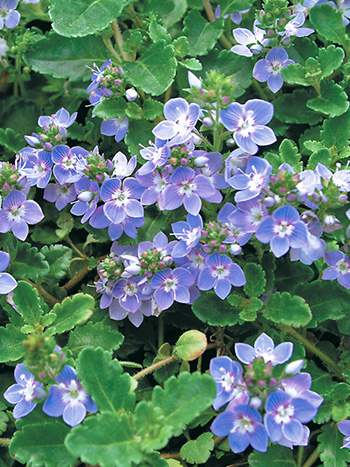 Speedwell is a tough plant that can grow almost anywhere in the world. Its long history takes it back to ancient Christianity where its Latin name or genus Veronica came from. St. Veronica was the woman who wiped Jesus’ face with her veil as He was carrying the cross to Calvary. It was said that His face was miraculously embedded into her veil. And accordingly, the blue speedwell flower becomes a reminiscence of Jesus’ blue eyes.
Speedwell is a tough plant that can grow almost anywhere in the world. Its long history takes it back to ancient Christianity where its Latin name or genus Veronica came from. St. Veronica was the woman who wiped Jesus’ face with her veil as He was carrying the cross to Calvary. It was said that His face was miraculously embedded into her veil. And accordingly, the blue speedwell flower becomes a reminiscence of Jesus’ blue eyes.
The plant was popular in ancient Macedonia where it held symbolic meaning. Speedwell flower means protection, healing, and joy. The deepest meaning of the plant, however, is faith.
Where This Plant Is Found
Speedwells grow abundantly all over the world in different varieties and species. The native varieties originate in North America and others thrive in Europe, Asia, the Mediterranean, and the Middle East.
A tough and highly resistant plant, speedwell proliferates even in various environmental conditions. They are most abundant in places where they can get full sun and in well-drained soil like farm fields. Some speedwell species abound in wetlands.
Related: The Complete Map of Edible Plants: Find Out What You Have in Your Area! (Video)
How To Identify Speedwell
With hundreds of varieties, speedwell becomes a bit difficult to distinguish. But generally, the common speedwell grows close to the ground but is a bit prostrate. Their leaves are simple and their flowers are small. Underneath these flowers grow the seed pods shaped like a heart.
- Leaf. Speedwell leaves grow alternately on the opposite side of the stem with an oval shape and serrated margins. These margins can be rounded or pointed depending on the variety. The speedwell leaves are tiny and numerous and have sparsely growing hairs.

- Flower. The speedwell stem may bear a single funnel-shaped flower or a dense cluster. Its colors also vary depending on their varieties like white, blue, pink, or purple. These tiny flowers have four petals and often have veins or stripes. The four petals are not similarly shaped and colored. The smallest petal always has the palest color among them.
 Roots. Speedwells have shallow and fibrous roots that can grow from nodes and have a slender stolon. These adventitious masses of roots enable the plant to spread rapidly, making them invasive for the garden.
Roots. Speedwells have shallow and fibrous roots that can grow from nodes and have a slender stolon. These adventitious masses of roots enable the plant to spread rapidly, making them invasive for the garden.- Stem. Speedwell plants are characterized by a roundish stem with sparse to dense-growing hairs in uniform distribution within its stalk. Some varieties of speedwell have stems that are creeping while others are upright and angled outward. The plant height varies from 3 up to 48 inches high with its tips turning upward.
- Seeds. The common speedwell develops a heart-shaped fruit that contains its seeds. It is about 1 mm in size where each pod can contain 12 up to 24 seeds. But, it can also vary between speedwell varieties. These tiny seeds have disk-like shapes and are almost often brown.
Related: Plant Identification Guide – 400 Wild Plants That You Can Forage For (Video)
Common Varieties Of Speedwell
- Common Speedwell (Veronica officinalis) is native to Europe and Asia. It grows in mats with short vertical shoots and softly-haired stems and leaves. It is a medicinal herb that is used as a tea substitute.
- Persian Speedwell (Veronica persica): This grassy type of Veronica thrives in meadows, fields, and even in disturbed areas. Persian speedwell, or common field speedwell, originates from the British Isle. They are excellent groundcover for lawns with their dense growth. However, they are sometimes considered as obtrusive weeds in garden beds.
- American Speedwell (Veronica americana): This variety is abundant in the temperate parts of Asia and North America. The plant serves both as a food and medicine with a flavor similar to that of watercress.
 Prostrate Speedwell (Veronica prostrata): The prostrate speedwells are perennial plants native to Europe. They are notable for their mat-forming foliage and prostrate stems. They are best used as ground covers for rock and cottage gardens as well as in container gardening.
Prostrate Speedwell (Veronica prostrata): The prostrate speedwells are perennial plants native to Europe. They are notable for their mat-forming foliage and prostrate stems. They are best used as ground covers for rock and cottage gardens as well as in container gardening.- Spiked Speedwell (Veronica spicata): Spiked varieties have more erect stems and grow up to 60 cm tall. They have purplish-blue flowers with only four petals growing in spikes. These varieties are mostly considered for cut flowers and garden borders.
How To Grow Speedwell
Speedwells are quite tough and drought-resistant. They thrive better in an environment where they can get full to partial shade with some species tolerant in wetlands. All speedwell varieties are easy to grow and require less maintenance. You will only need occasional trimming if they grow in unwanted places within the garden.
 The speedwell variety that you need will depend on how you intend to use them. If you are after groundcovers, choose the speedwell varieties that grow close to the ground like the Persian or Prostrate varieties. For your edging and borders, low-growing and tall varieties are excellent options.
The speedwell variety that you need will depend on how you intend to use them. If you are after groundcovers, choose the speedwell varieties that grow close to the ground like the Persian or Prostrate varieties. For your edging and borders, low-growing and tall varieties are excellent options.
Veronicas grow by seeding, dividing, or cuttings. They can tolerate various environmental conditions too. But if you want them to grow really well, they will flourish particularly under the full sun with loamy and well-draining soil.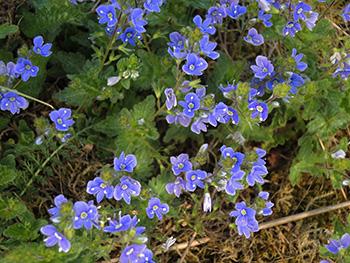
Early spring is the best time for sowing speedwell. You may also do this in the early autumn or when the winter is still mild. If using seeds, you can sow them indoors for at least eight weeks before transplanting. Or, you can also sow the seeds directly in the field at a 20 to 25 cm distance.
Plant speedwell by digging a hole in the soil and placing the seedling or cutting in it. The root ball of the plant should be level with the soil surface. Gently tamp down the soil around and water it well. Speedwell can survive the drought, but keeping the soil slightly moist will keep them lush and healthy.
Tips:
Speedwell requires minimum maintenance and here are some care tips in keeping them vigorous and dense:
- Water the plant every week in summer or when the rain is scarce. Avoid permanent watering or waterlogging.
- Veronica thrives in slightly acidic soil.
- Divide the plant after every few years to maximize its bloom.
- Remove the faded spikes to facilitate stalking and blooming.
- Cut back plants to the ground during autumn or after the first frost.
- A small dose of fertilizer before flowering is good, but fertilizing the plant throughout its growth stage is not necessary.
Related: 10 Plants That You Should Never Plant Together (Video)
How To Harvest Speedwell
 Speedwell, as an herb, has valuable medicinal properties. Thus, aside from horticulture, they are also cultivated for treating illnesses like respiratory problems and gout. You can also harvest its flower to use as tea or add on salad and vegetable mixes. The flowers are also harvested, dried, and stored for infusions.
Speedwell, as an herb, has valuable medicinal properties. Thus, aside from horticulture, they are also cultivated for treating illnesses like respiratory problems and gout. You can also harvest its flower to use as tea or add on salad and vegetable mixes. The flowers are also harvested, dried, and stored for infusions.
When using it as herbal medicine, it is best harvested before its flowering stage. The plants mostly bloom from June to August. You can start foraging for speedwell around the end of June.
Harvesting speedwell can be tricky since they can intermingle with other plants with their creeping characteristic. Thus, you need to be sure to sort out plants if harvesting in bulk. You can snip the plant just above its root or cut it at about four inches above the ground.
Wash the plants after harvesting and air-dry them in the shade completely before storing them. You can store them in an airtight or vacuum-sealed container until it is ready to use.
What Speedwell Is Good For And Natural Remedies Made From It
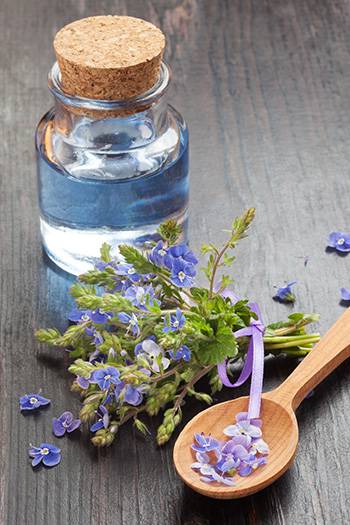 Speedwell is famously prepared as tea using dried flowers. It is a diuretic that is useful for treating tissue swelling or edema and high blood pressure. It is also a stomachic that helps ease digestive issues.
Speedwell is famously prepared as tea using dried flowers. It is a diuretic that is useful for treating tissue swelling or edema and high blood pressure. It is also a stomachic that helps ease digestive issues.
Related: Why Healing a Leaky Gut Should be a Top Priority for Health (Learn More)
Veronica is also an excellent herb for treating respiratory problems like cough and congestion. This healthy and relaxing tonic may even aid in alleviating gout and ulcers.
Related: Bronchial Blend Homemade Tincture (Learn More)
Externally, speedwell is used as a lotion or wash for irritated and infected skin. It can also ease irritation caused by insect bites and pain in burns. A decoction of speedwell herb is added to a bath to cure these external problems. Additionally, speedwell tea can also cure gingivitis when used as a mouthwash.
Related: Do This Before Going to Bed To Rebuild Your Gums (Learn More)
What Part Of Plants Are Used As Remedies
The whole speedwell plant is used as remedies. The above-ground parts are edible and can be eaten raw. These are either made into teas or juices or added into food. The entire herb and flower, either fresh or dried, have potent properties for the relief of various health problems. Dried speedwell leaves also make an excellent ingredient for tea blends.
Speedwell Foot Bath
Ingredients:
- 2 tbsp. of dried speedwell
- 2 cups of water
Steps:
- Add dried speedwell and water to a small pot. Place the pot on the stove. Bring to a gentle boil in low-medium heat. Decrease the heat to low and simmer for at least 45 minutes, covered.

- Remove from heat. Strain and set aside to cool to a temperature tolerable to your skin.

How To Use The Remedy
Once cooled, mix the decoction to your foot bath. Soak your feet for 15 to 20 minutes.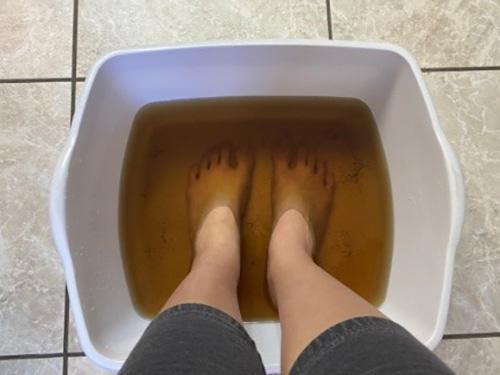
What Plants Resemble Speedwell
| Feature | Speedwell (Veronica) | Ground Ivy (Glecoma hederacae) | Henbit Weed (Lamium amplexicaule) |
|---|---|---|---|
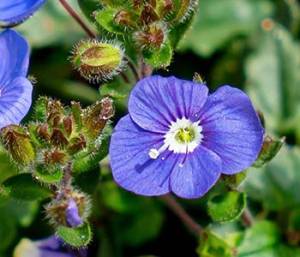 | 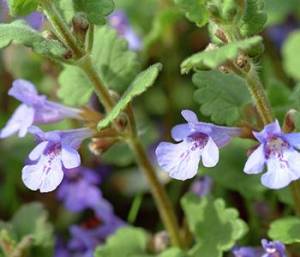 | 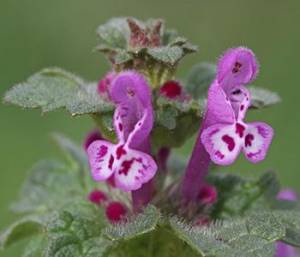 | |
| Size | Height: 3 to 48 inches Width: 8 to 24 inches | Height: 12 to 20 inches Width: up to 30 inches | Height: up to 15 inches Width: 12 inches |
| Leaves | Oval or ellipse, almost heart-shaped with serrated margins; sparse hair | Heart-shaped with scalloped margins | Wedge-shaped with converging edges; hairs on the upper side only |
| Flowers | Funnel-shaped and bilaterally symmetrical; white, blue, pink, purple; four petals | Long and tubular, two-lipped flowers in a whorl; purple | Two-lipped tiny tubular purple flower in whorls |
| Stem | Roundish with sparse or dense hair | Herbaceous square stems | Square and hairy stems |
| Scent | No fragrance | Musky mint odor | Earthy scent |
Warnings and Cautions:
With about 500 varieties, Veronica is sometimes confusing to identify and distinguish from its kind. Be careful so as not to confuse it with other plants. Speedwell itself has no known toxicity and is safe when taken in moderate amounts. It has no known side effects, but only a few scientific evidence back its effectiveness.
Its safety in pregnant and breastfeeding women is not yet established. Thus, it is better avoided by people in these groups.
Natural products are not always considered safe and need the appropriate dosing. Consult your pharmacist or a healthcare professional for the proper dosage of speedwell.
Ancient Japanese Tonic Melts 54 LBS Of Fat – Drink Daily Before 10 AM (Video)
How to Make a Chaparral Salve for Wounds And Skin Infections

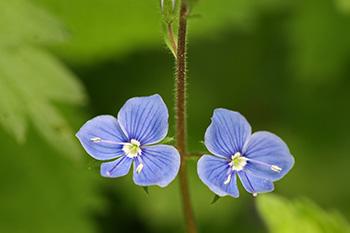
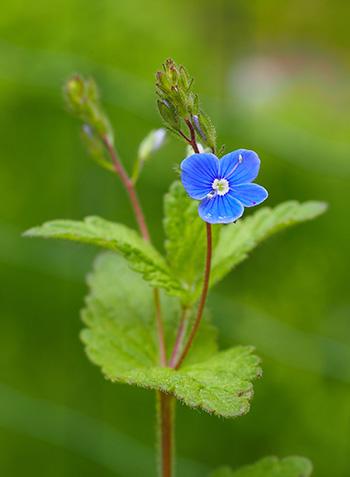 Roots. Speedwells have shallow and fibrous roots that can grow from nodes and have a slender stolon. These adventitious masses of roots enable the plant to spread rapidly, making them invasive for the garden.
Roots. Speedwells have shallow and fibrous roots that can grow from nodes and have a slender stolon. These adventitious masses of roots enable the plant to spread rapidly, making them invasive for the garden.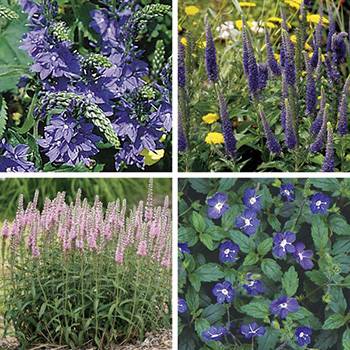 Prostrate Speedwell (Veronica prostrata): The prostrate speedwells are perennial plants native to Europe. They are notable for their mat-forming foliage and prostrate stems. They are best used as ground covers for rock and cottage gardens as well as in container gardening.
Prostrate Speedwell (Veronica prostrata): The prostrate speedwells are perennial plants native to Europe. They are notable for their mat-forming foliage and prostrate stems. They are best used as ground covers for rock and cottage gardens as well as in container gardening.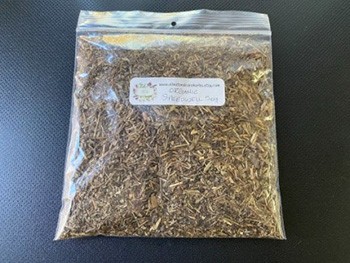
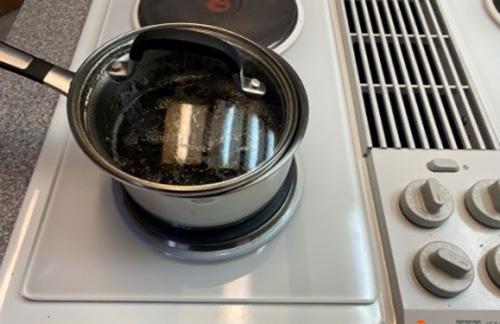
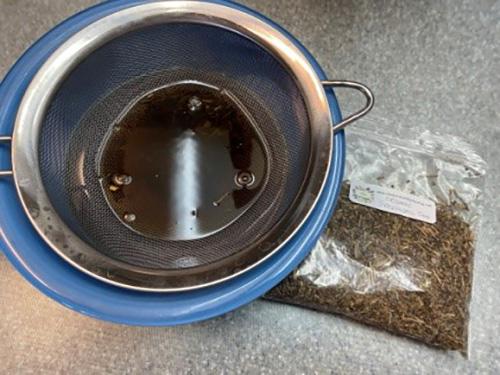

We have speedwell and ground ivy all mixed in together in our yard, so that’s fun when trying to separate them. lol At least they’re both safe to consume.
Haha.
Hi Rachel, Where can I find a plant to grow in my yard?
Are you aware there are 3 problems with printing your webpages:
1. My preference is to use the print function built into the web browser. This is where you click on the 3 bars on the right top of the page and scroll down to select print. The problem that did not used to happen is 3 ads appear over each page; for me these are: a) “forgotten relieving plant”; b) “Similar to Morphine” and c) “honey over meat”. Obviously this does not now work for me.
2. Your print to pdf function always gives me an error and doesn’t work.
3. This one is bad for your advertising: your print function gives me a layout that deletes certain sections out of the printout – your menu bar and logo; and, the one I like to use for reference and is left out of this printout, the”you may also like” list – among other parts of the webpage that don’t concern me as much.
Thought you should know. I have developed a not so good work around for my needs but I would appreciate the web browser print function to be able to work. While you have a wealth of good information in your site, you don’t want to lose your customers over something small (for some, but not for me) like this.
Hi Linda,
Thank you for taking the time to write this, and for pointing out these issues.
We work hard to give all of our readers a great experience, and we want to keep improving. I’ve talked with our team and we already updated the Print Button. You can find it at the end of each article, just before the comment section. It might not be the best one yet, but you will be able to Print the articles without an error.
We’re going to fix these issues and soon we’ll make the Print Options Customizable as well.
Many blessings and good health!
Where can I get these plants or even seeds to start?
Hi Dee,
We would suggest you find a local botanist or a farmer’s market and purchase from them or you can find medicinal seeds on Amazon and Etsy. Also there are a couple of specialized online medicinal seeds stores. It is best to use Google to find one that delivers to your area.
Many blessings and good health!
Can you make a tincture with Veronica filiformis?
Regarding saving this great information.
I find it easier to save the page. Right click a blank spot on the page and choose “save as”. I save them to my Lost Herbs folder, easy to do. If you already have saved this page it asks you if you would like to save it again…hit no. This is a great way of saving info since you don’t have to search if you already have it. I prefer having all the pics and ads and it is linkable to other articles, when on line. And the pages can be viewed offline as well. Hope this is helpful.
Take care.
mygcosmetics.ca
A Canadian cosmetics co. that sources from the USA.